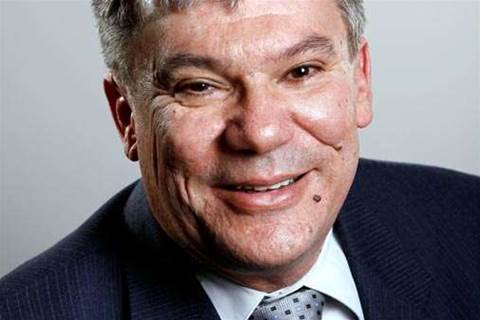Anittel's publicly listed shell is on the block, after fellow ASX-listed business Inabox Group acquired the proprietary limited company for $9.9 million.
Peter Kazacos, managing director of Anittel, revealed to CRN that the Inabox deal did not include Anittel's spot on the stock exchange, and said he was looking at options to flog the listing to another tech company.
The shell comes pre-loaded with Anittel's tech-savvy investors, which should make it attractive target amid the current fever of public floats and backdoor listings.
"A lot of the shells that are available are mining shells. That investor base says, 'We invested in an mining company not a technology company', but we [Anittel] have investors who are already invested in that space," said Kazacos.
For instance, two Perth-based IT companies – Cirrus Networks and Cloud Lands Digital Fortress – are at varying stages of backdoor listings via mining companies, while data centre operator ADX Management is reversing into a medical company, and 3D printing vendor 3D Group is floating via a beer brewer.
Kazacos told CRN that three parties had expressed an interest in the shell so far; the next step will be to run due diligence on any potential M&A.
There are other advantages to Anittel's shell: the entity is set to receive up to $2 million across two performance-based earn-outs from Inabox, while Kazacos said he may also stick around "as a chairman or non-executive director and that would potentially encourage others to invest".
Anittel's rise and stall
Kazacos, who masterminded the wildly successful sale of his Kaz Group to Telstra for $333 million in 2004, also shared some of his insight into Anittel, which failed to reach the same heights.
Size matters on the ASX, he said, with $100 million turnover an appropriate target.
The costs to run a public company, such as directors fees, audit fees and listing costs, wiped "probably up to a million dollars" off the bottom line, he told CRN.
"One reason I looked at selling Anittel Pty Ltd to Inabox is that Anittel and Inabox were 'under-scale' as listed entities. You need a much larger initial phase or can grow toward $100 million.
"In the Kaz position, we were able to grow from our initial revenue of around $30-$40 million when we listed and grew that through the IPO to $300 million."
After absorbing Anittel, Inabox will have combined revenues of $83 million.
Kazacos said one reason Anittel struggled in recent years was because it invested heavily in technology, such as its Cisco hosted communication platform for the Tasmanian government, which hit its bottom line.
"The profitability comes in latter years not day one, but the market doesn't see that. They are not seeing a return so you get a lower share price. With a low share price you cannot leverage that to make acquisitions, so we could not make the acquisitions we had planned."
Had investors been more forgiving, Anittel would have sought to become a powerhouse across regional Australia.
"The plan we had was to continue to grow both organically and through acquisition. We wanted to increase our regional presence across other locations. What we did in New South Wales in terms of our regional growth, we wanted to do that in other states. See how many offices we have in NSW and look at the other states."
As well as its head office in North Sydney, Anittel has six more NSW locations: Bathurst, Orange, Dubbo, Tamworth, Albury and Wagga Wagga. It also runs two locations in Queensland, two in Tasmania, and offices in Melbourne, Perth and Adelaide.





_(21).jpg&h=142&w=230&c=1&s=1)

.jpg&h=142&w=230&c=1&s=1)






.jpg&w=100&c=1&s=0)










